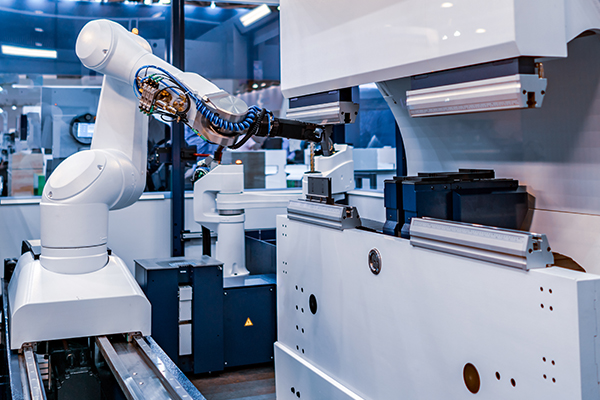As a highly integrated pneumatic actuator, the core value of free mount cylinder lies in breaking through the space constraints and installation limitations of traditional cylinders. This type of cylinder achieves multi-dimensional installation freedom through structural optimization. It can be directly embedded in the mechanical structure of the equipment without relying on a specific base or complex bracket, which significantly simplifies the layout design of the automation system. Its compact cavity and modular interface allow engineers to flexibly configure the power output unit in a limited space, which is especially suitable for modern precision equipment with strict requirements on space utilization, such as light industrial machinery, medical instruments or flexible production line end actuators.
The key innovation of this technology is to decouple power transmission from mechanical load-bearing functions, so that the cylinder body can dynamically adjust the installation posture according to the load motion trajectory. This "shape-based installation" feature not only eliminates the structural stress caused by traditional rigid installation, but also improves the system's dynamic response accuracy through adaptive displacement compensation. With alloy cavity and low-friction sealing technology, this type of cylinder maintains high power density while taking into account environmental tolerance under complex working conditions, including temperature fluctuations, vibration interference and intermittent overload and other harsh conditions. This design philosophy essentially reconstructs the coupling logic between pneumatic components and mechanical systems, shifting from "equipment adapting to cylinder" to "cylinder integrating into equipment", providing underlying technical support for the next generation of highly integrated electromechanical systems.


